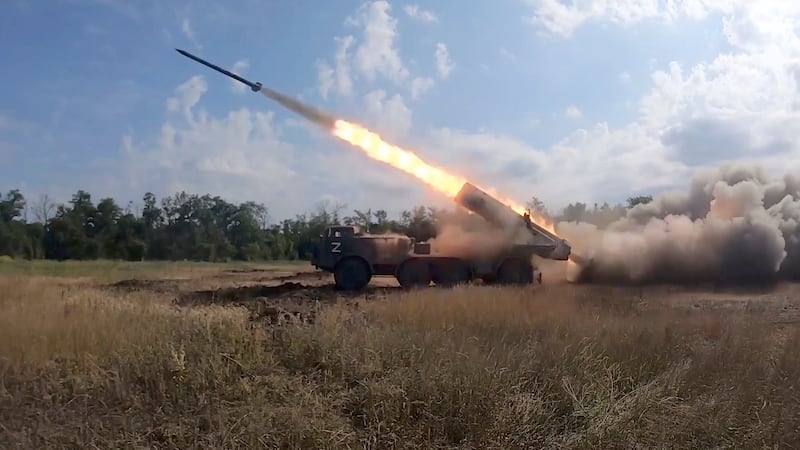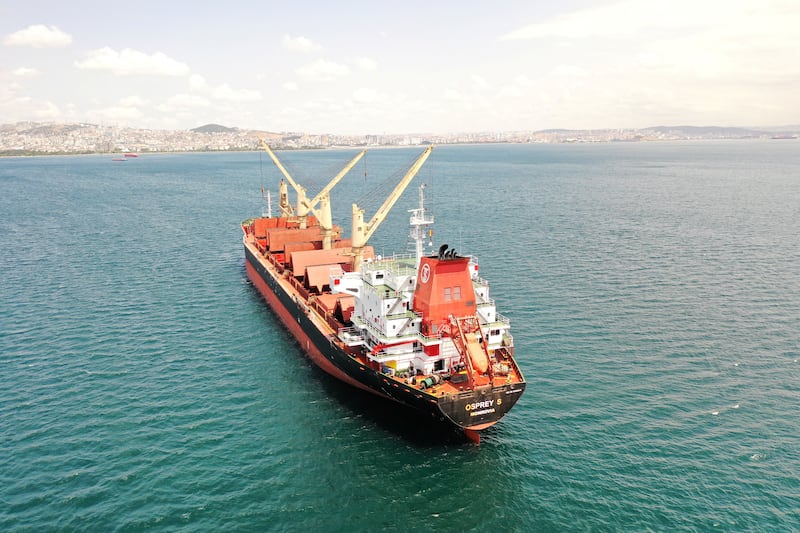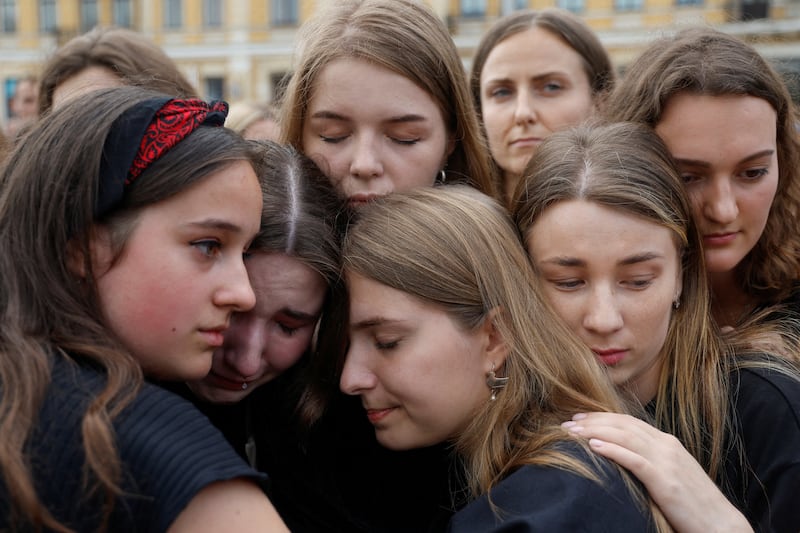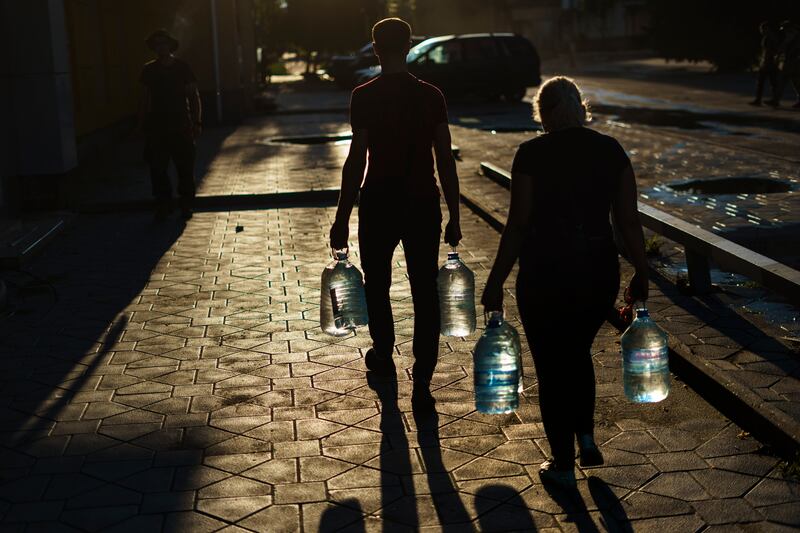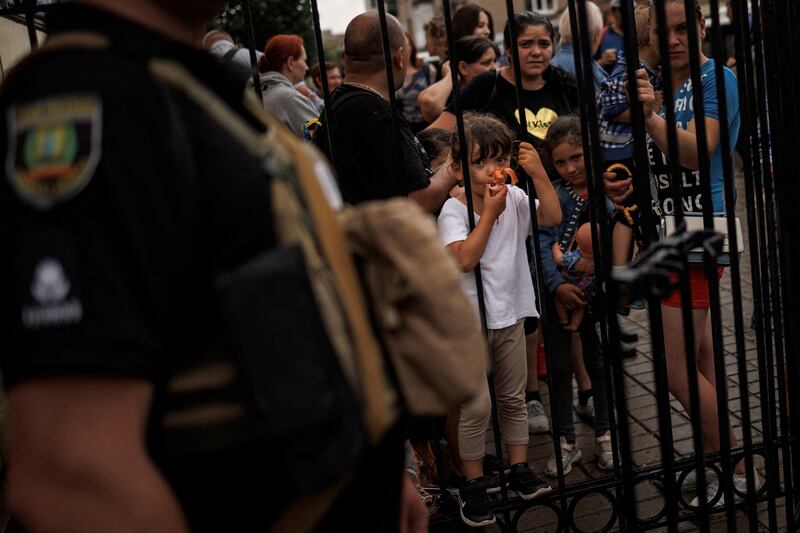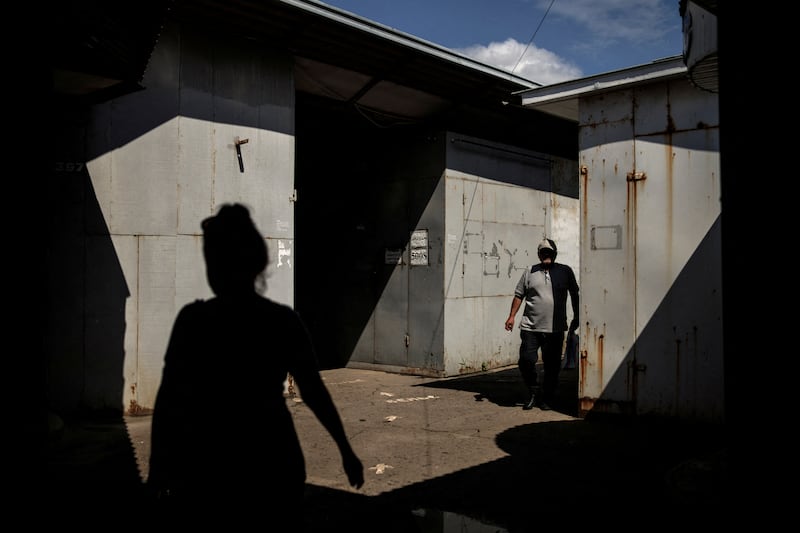More Ukrainians returned to their home nation than fled to European Union countries last month, border police have revealed as they said the refugee crisis had stabilised over the summer.
About 1.16 million Ukrainians entered the EU in July, a similar total to June and much smaller than the estimated 4 million who arrived in the first month of the war.
EU border agency Frontex said about 1.17 million Ukrainians went the other way, most of them returning to Ukraine from Poland, Slovakia, Romania or Hungary.
Some people are thought to go back and forth across the border and are not necessarily returning to Ukraine for good, while others headed for safer areas in the west of the country after fighting was concentrated in the south and east.
However, Frontex said the refugee crisis had the potential to worsen again. One uncertainty is the fate of the millions of people who are displaced within Ukraine and could flee their temporary home if fighting spreads.
Western analysts last week said the war was entering a new phase as Russia prepared for a Ukrainian counter-attack in the south, after weeks of fighting focused on the east.
"While the flows across the external border have stabilised over the summer, future developments will depend on how the conflict evolves," a Frontex update said. "Heavy fighting continues in the south and east of Ukraine, as well as Russian missile strikes against the civilian population."
Another possibility is that pressure could grow on the EU's immediate borders with Russia and its ally Belarus, where only 148 Ukrainians arrived in July.
Frontex said the risk of illegal border crossings could increase if Russia turns to more aggressive recruitment tactics to shore up its manpower after suffering heavy losses in Ukraine.
And "the risks for instrumentalisation of migration flows by Russia and Belarus remain high", it said, referring to the deliberate ferrying of migrants to the EU border of which Moscow and Minsk are already suspected.
Mainland Russia has borders with EU members Estonia and Lithuania, as well as Norway, an ally of the bloc, while Kremlin ally Belarus borders Poland, Latvia and Lithuania and was accused of sowing chaos there before the war in Ukraine broke out.
Unlike Ukrainians fleeing the war, people from Russia and Belarus have no automatic right to protection in the EU, although they could be eligible if they lived in Ukraine.
Ukraine crisis - in pictures
The UN's refugee agency, UNHCR, revealed in separate figures on Tuesday that a total of 10.5 million people had left Ukraine since Russia invaded, including those who crossed borders more than once and those who did not head for EU territory.
UNHCR counts about two million people as having left for Russia, although Ukraine claims that some of these have been taken against their will by the Kremlin's forces.
Poland accounts for more than half of all the border crossings from Ukraine. Among countries with no immediate border, Germany, the Czech Republic and Italy host the largest number of Ukrainians.
Frontex said it had 259 officers and staff posted to countries neighbouring Ukraine to support national authorities with border control.


